Trying to find a shared taxi in Tashkent for the ride to Oybek on the Tajikistan border turned into an effort in futility. After getting directions where to go from my hotel and after a 35-minute drive I arrived at the provided destination to discover an empty parking lot. Walking over to one of the nearby metro stops I asked one of the officers in Russian using Google translate and she then directed me to another metro stop another 30+ minutes away. So I went. Nothing. I ended up flagging down a taxi on the street; we clearly agreed on a price and then after arriving at the border he tried to charge even more, claiming he needed money to return back to Tashkent.
Crossing borders by land are never on my list of desired activities. I’ve been denied from crossing at several borders over the years for a variety of reasons, although that is usually not the problem. It’s often-long lines, questions, transportation issues, money exchange and overall extra hassle. Fortunately crossing into Tajikistan from Oybek was fairly seamless helped in part by the fact there were very few people trying to cross.
After about an hour wait for a shared taxi to fill up with the required four passengers, we arrived in Khujand, a medium size city. Its roots date back to August 329 BC when Alexander the Great (Alexander of Macedon) founded what was called Alexandria Eschate along the Syr Darya River, not far from what is modern day Khujand. Mr. Alexander certainly made his presence felt in this part of the world having founded numerous cities in present day Afghanistan (one of the bordering countries to Tajikistan) including Kandahar. Kandahar is the shortening of the name Iskandehar which is the Farsi name for Alexander.
And in northern Afghanistan there is a place called Nuristan with Caucasian, blue eyed and red-haired people. They may be descendants of the Macedonian army led by Alexander the Great.
I’ve seen the destruction that Alexander and his army raged upon Persepolis in Iran. And last year I was in Pella, Greece, Alexander’s birth city; its contemporary footprint not much to look at but the accompanying museum and its treasured mosaics, a highlight of my visit.
But back to Khujand: I walked over to the Historical Museum of Sughd located within the Khujand Fortress (the walls having been reconstructed in 1999). Taking advantage of a cable car system which opened in 2019 and featuring stations on both sides of the Syr Darya River, I boarded one of the cars for the slow and relaxing journey across the river. This is a great way to see part of the city from a bird’s eye view. And from the other side it’s a mostly downhill walk to the city park on the edge of the river where numerous people were out splashing and swimming in its refreshing waters.
Another highlight of Khujand is to visit the Panjshanbe Bazaar, an impressive indoor marketplace filled with vendors selling a huge diversity of products including plenty of fruits and veggies in late spring, during the time of my visit. Some of the best apricots I’ve had anywhere have been in Tajikistan; they are small, ripe, flavorful, sweet and creamy in texture. I ate these by the handful. What a contrast from the large, bland and flavorless apricots I’m used to in California.

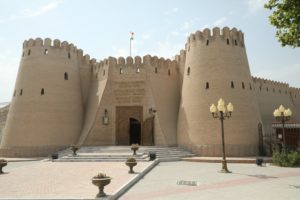
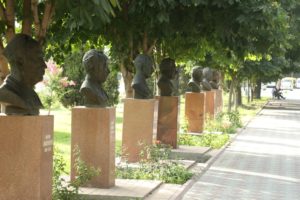
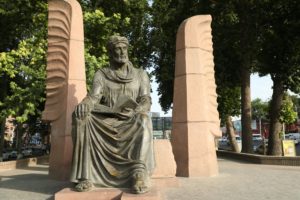
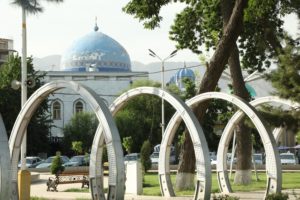
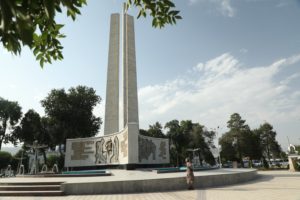
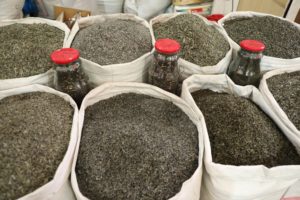
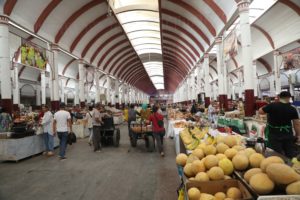
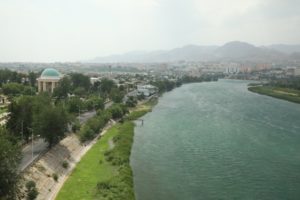
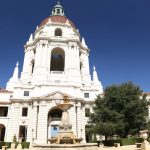

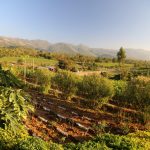
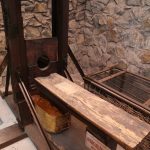


My recent trip to Central Asia has opened my eyes to this lesser-traveled region. Tajikistan is now on my list.
Thats right, you also made it up here recently. I’ll have to get caught up on your trip later this year